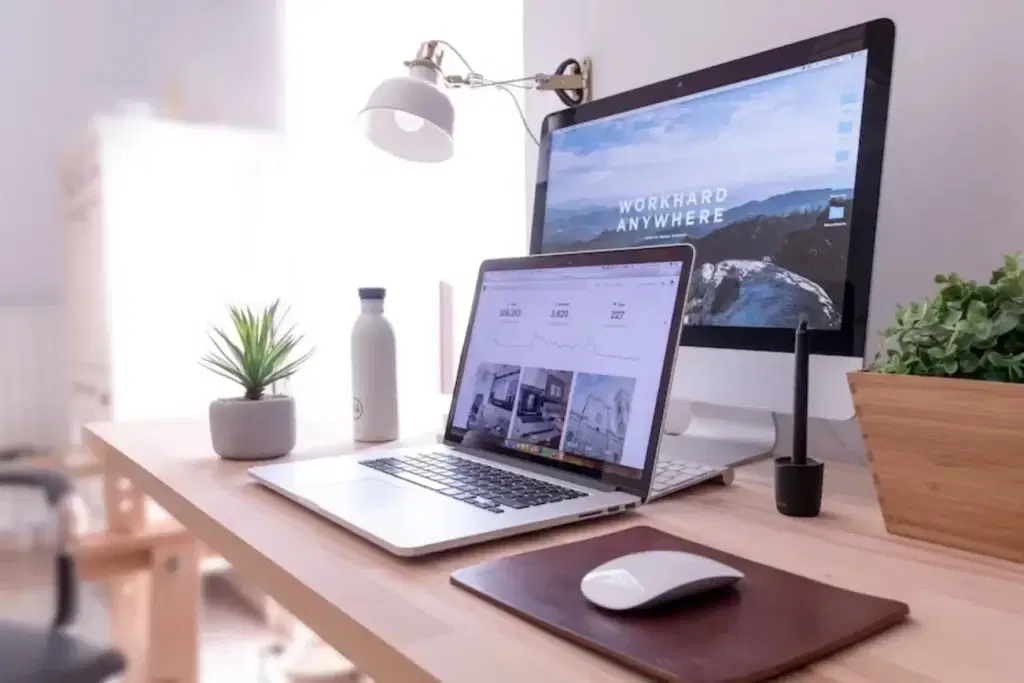Websites are often the first interaction people have with your business, and first impressions really matter. According to a study, visitors evaluate whether they like your web design in just 0.05 seconds! So if you want to get off on the right foot from the very first glance, it’s essential to employ web design that reduces bounce rate.
Your website’s design should fit with your brand identity and look great to potential customers, but it can also convince users to take the action you want them to. As an experienced SEO and web design agency in Berkshire, we’re here to share a few top tips to help you maximise conversions.
Make it easy
You can improve your conversion rate by giving visitors plenty of opportunities to convert and making it easy to do so via clever web design.
The first step is to clarify what conversion means for you, and use your website’s design to point users in that direction. For example, if you want to convert users into subscribers, a full-screen welcome gate inviting them to input their email address only leaves them with two choices, instead of entering your full website straight away and having more options, which risks them not taking the desired action.
Secondly, optimise your navigation so users can easily find what they are looking for. Start by creating a site map of all the pages on your site, and organising them into main themes or ideas with short titles that will make sense to the user. These categories can now form your main navigation, which should contain no more than seven menu items.
Third, don’t let your website be the slow one that scares users off. We’ve all closed a website before doing what we went there for because we got frustrated with waiting for it to load. So keep this in mind and try to avoid packing your website with elements that will impact load time.
Be user-driven
Your website design must work hard to keep users’ attention in not much time, and a good user experience (UX) is fundamental to that. Put simply, your web design should be based on empathy for your users and understanding their needs and wants — not your assumptions and preferences.
Making sure your website isn’t just responsive to, but optimised for, a variety of devices will keep users on your site and boost your conversions. You can use web analytics to find out which devices most of your traffic comes from, but ensuring a good cross-device experience will impress the most customers and increase the chances they will convert.
Device is just one of a few contextual factors to consider when designing your site. For example, where might users be when they visit? What mood might they be in? Are there limiting factors like noise which might impact how they experience your website? Considering these possible limitations will improve your website’s UX and improve conversion rates.
Check out the competition
Finally, competitors’ websites can be a good source of clues about what users want to see. Are there particular colours or features they tend to have in common? What information are users greeted with when they enter? Use these as possible changes to consider, alongside your own user research and advice from a knowledgeable web designer, to optimise your website and improve conversion.
Expert web design from Jennifer Cornish, Berkshire
We’re an SEO agency in Berkshire with years of experience in web design and optimisation. If you’re ready to design a website that gets the conversions, or make your current website work harder, get in touch and book your free consultation or full website assessment today.


